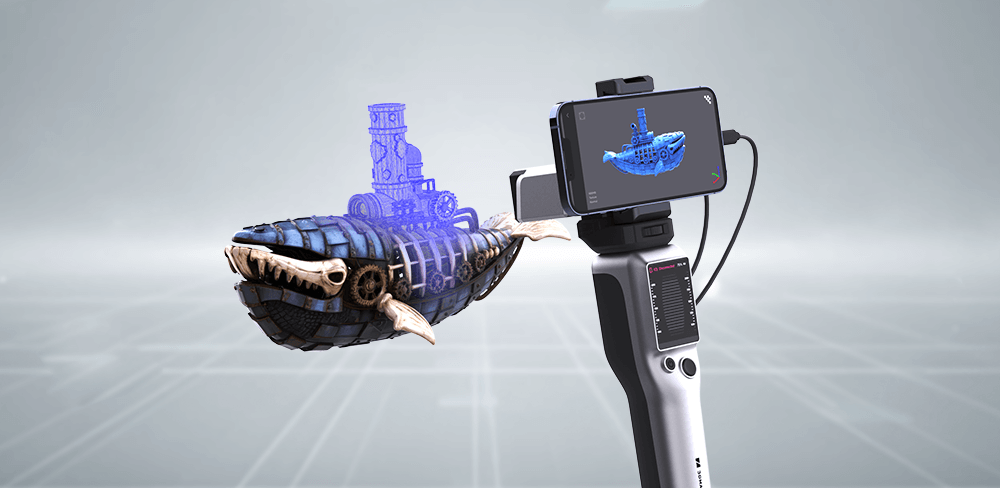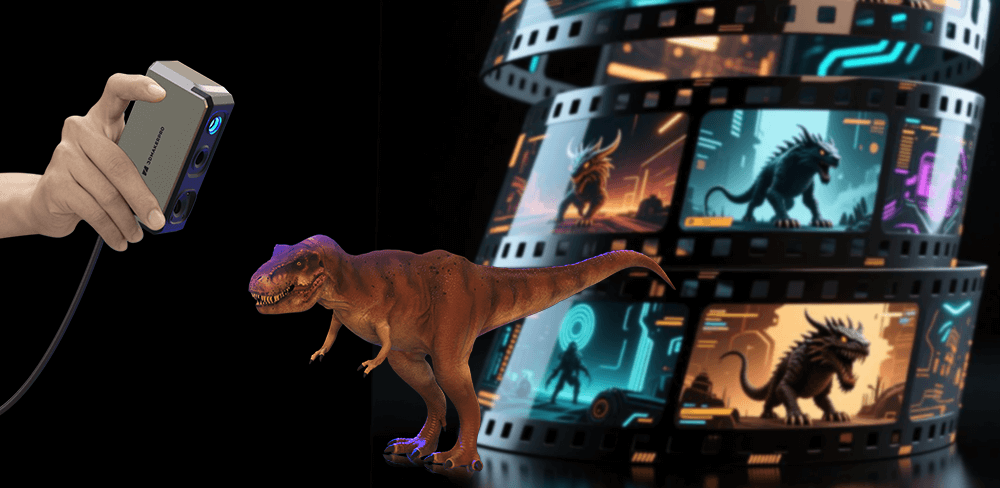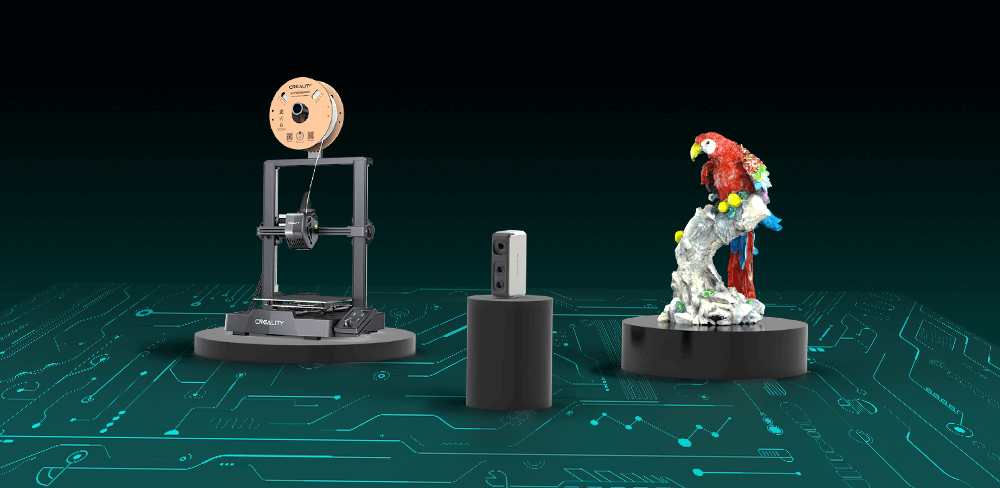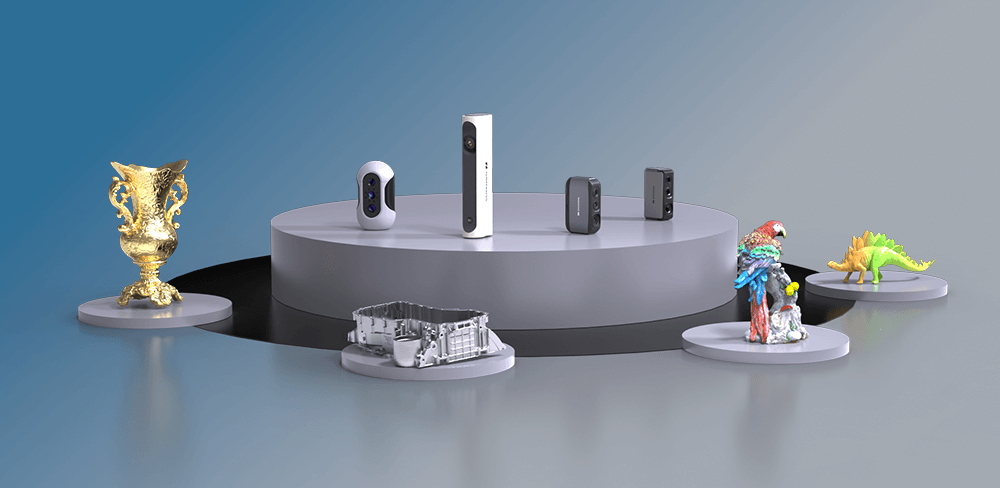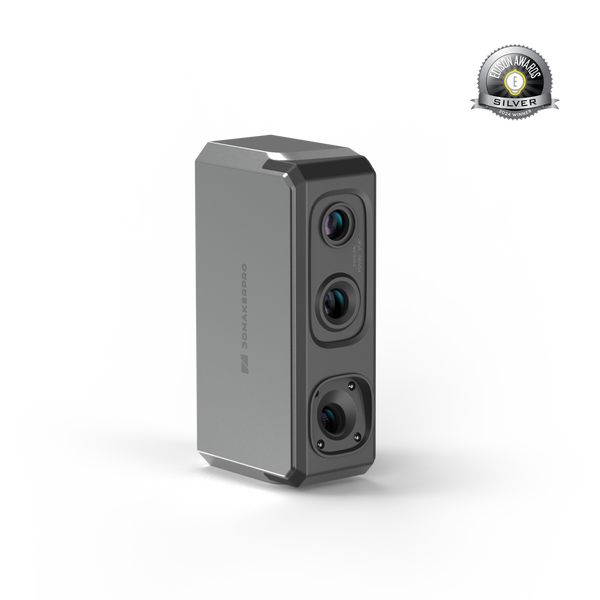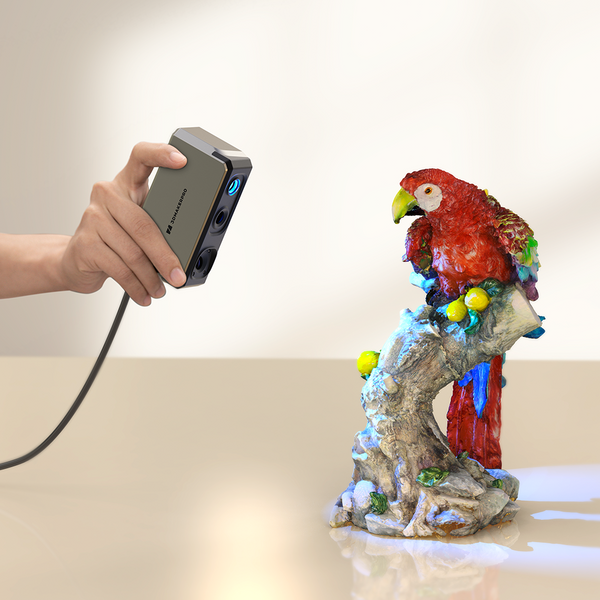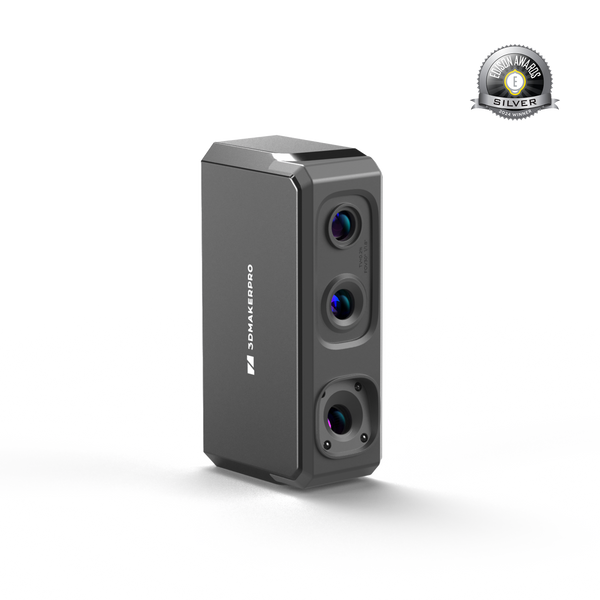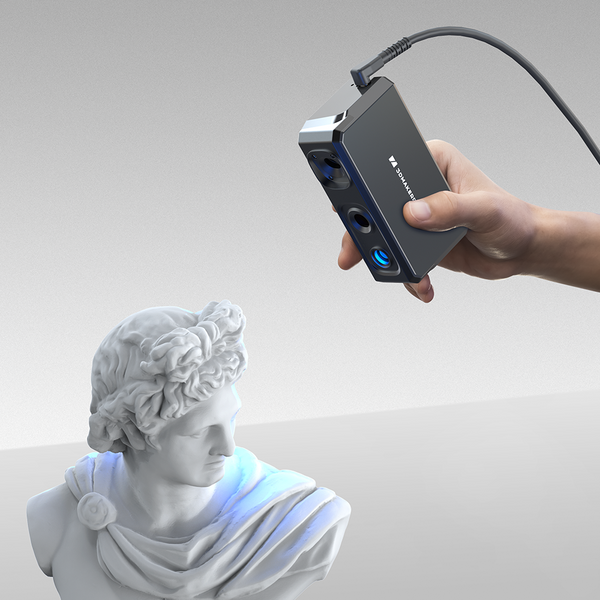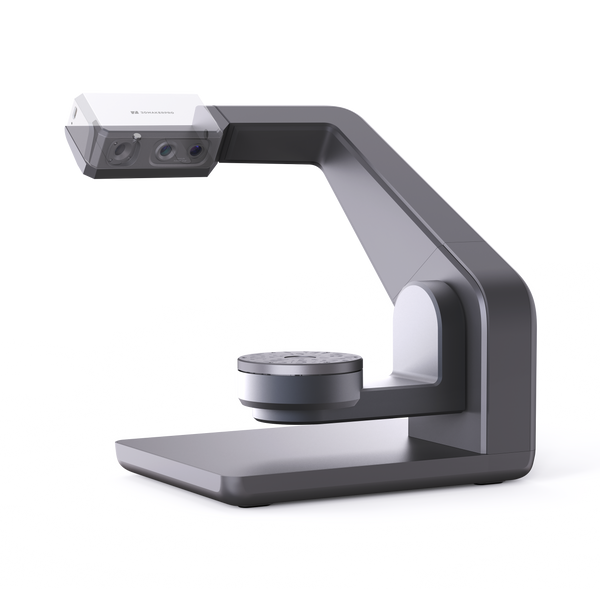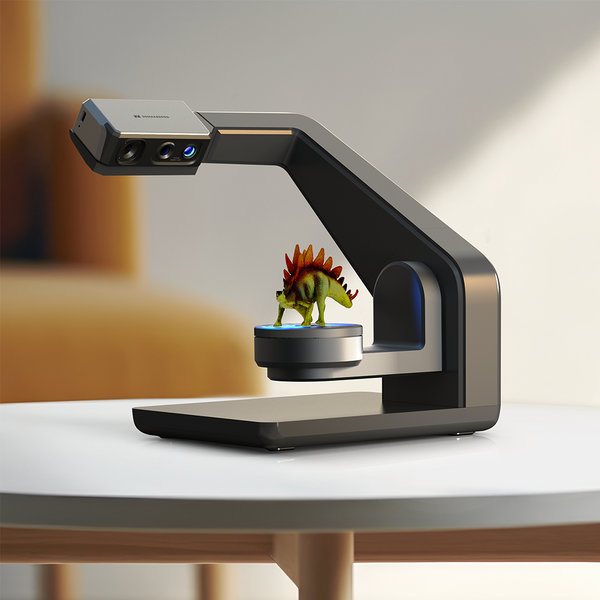In today's digital age, the demand for high-quality 3D representations of objects is on the rise. Whether for artistic endeavors, product design, or even medical applications, the ability to transform 2D flat images into stunning images of 3D masterpieces opens up a world of creativity and innovation. This blog will explore the processes and technologies that make this transformation possible, with a special focus on the Seal 3D Scanner—a revolutionary tool in the realm of 3D scanning.
Understanding the Basics of 3D Transformation
Before diving into the techniques, it’s essential to understand the fundamental differences between 2D and 3D images.
2D Image
A 2D image (two-dimensional image) is a visual representation that has height and width but lacks depth. It is essentially flat, comprising pixels arranged in a grid, and can be created through various means such as photography, digital graphics, or traditional art forms like painting and drawing. Common formats for 2D images include JPEG, PNG, and GIF.
3D Image
A 3D image (three-dimensional image) has height, width, and depth, allowing it to represent objects as they appear in the real world. 3D images are created through modeling, scanning, or rendering techniques and can be viewed from multiple angles. They are often used in applications like virtual reality, gaming, and animation. Common formats for 3D images include OBJ, STL, and FBX.
| Feature | 2D Image |
3D Image |
|---|---|---|
| Dimensions | Height and width only | Height, width, and depth |
| Representation | Flat and lacks physical volume | Represents objects in a spatial context |
| Viewpoints | Can only be viewed from one angle | Can be viewed from multiple angles |
| Detail | Limited to surface detail | Can show intricate details and textures |
| Applications | Used in photography, illustrations, and graphics | Used in gaming, simulations, and virtual reality |
| Interaction | Typically static | Often interactive and dynamic |
| Creation | Created with pixels or vectors | Created through modeling or scanning |
The Magic of 3D Transformation
At the heart of transforming flat images into 3D models lies sophisticated software and hardware that can analyze and interpret two-dimensional data. This process involves several steps, including capturing the image, processing it, and finally rendering it in a three-dimensional format. Each stage requires precision and advanced technology to ensure that the final product is not just a replica but a true representation of the original.
Introducing the Seal 3D Scanner
One of the most remarkable tools available today for this transformation is the Seal 3D Scanner. This innovative device is designed to deliver exceptional detail and accuracy, making it ideal for a variety of applications. With an impressive accuracy of 0.01mm and a resolution of 0.05mm, the Seal 3D Scanner ensures that even the finest details of the scanned objects are captured accurately in images of 3D.
The Seal operates at a frame rate of 10fps, allowing for quick and efficient image capture. It utilizes AI visual tracking mode, which enhances its ability to follow objects during the scanning process, ensuring that all angles are covered without losing focus. The scanner has a working distance of 180-280mm, with a single capture range of 100x75mm and an overall scanning range of 10-300mm, making it versatile enough to handle a variety of object sizes.
Furthermore, the Seal employs a blue light source, which improves the quality of scans and supports color texture, capturing the vibrancy and nuances of the original object. Compact and lightweight, the Seal measures just 110×60×35mm and weighs 254g, making it a portable solution for artists, designers, and professionals alike.
Applications of the Seal 3D Scanner
The applications of the Seal 3D Scanner are vast and varied. In the art world, artists can create sculptures or digital installations based on real-world objects, bringing their creations to life with stunning accuracy in images of 3D. In product design, companies can prototype and test their products more efficiently by visualizing them in 3D before manufacturing. The medical field also benefits, as professionals can use 3D scans for precise modeling and reconstruction in surgeries.
Whether you are an artist looking to enhance your work, a designer aiming to create innovative products, or a medical professional needing precise models, the Seal 3D Scanner is an invaluable tool that bridges the gap between flat images and three-dimensional reality.


